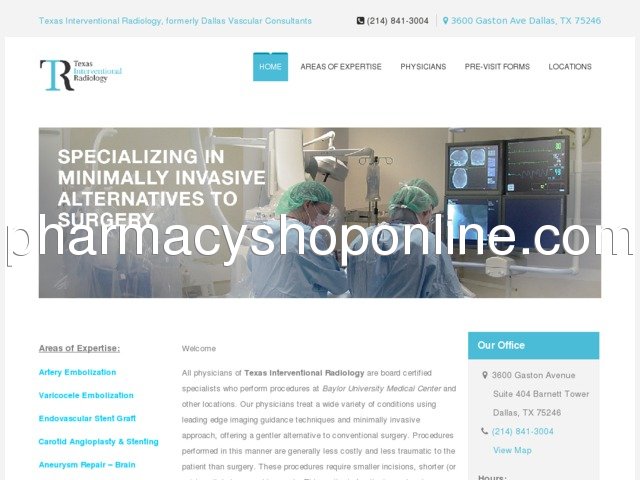Viagra ist in der Schweiz ein gefragtes Medikament. Patienten suchen nach Preisen und Verfügbarkeit. Ein üblicher Begriff ist viagra kaufen schweiz, der viele Online-Ergebnisse liefert.
texasinterventionalradiology.com Review:
Texas Interventional Radiology - Our physicians at Texas Interventional Radiology treat a wide variety of conditions using cutting edge imaging guidance techniques allowing a minimally invasive approach.
Country: 104.28.8.49, North America, US
City: -122.3933 California, United States
I didn't have much trouble installing other than the LED indicators on the module did not work at first. This led me to believe it was defective, but I decided to go ahead with the process of syncing keyfobs and everything went accordingly. No issues since install and works like it should.
I have taken these for two weeks. They seem to be working weight has stayed the same. Other probiotic may be as good.
Real value for the money. It does not have a trimmer but otherwise works fine. It is not a heavy duty but makes a nice backup.
